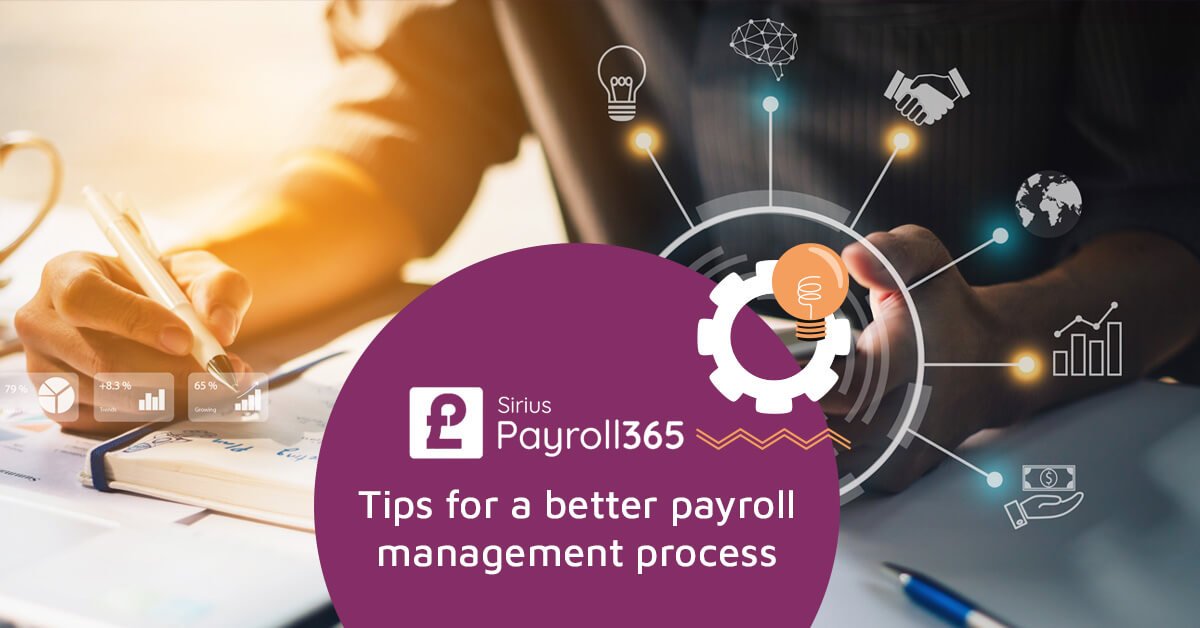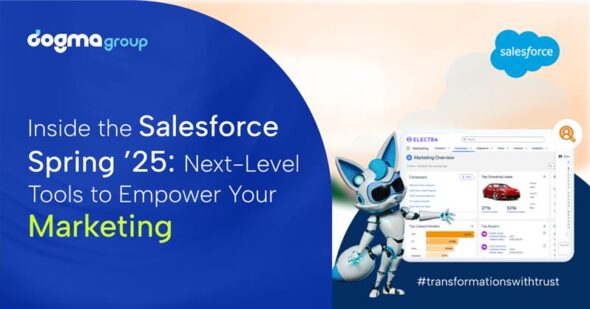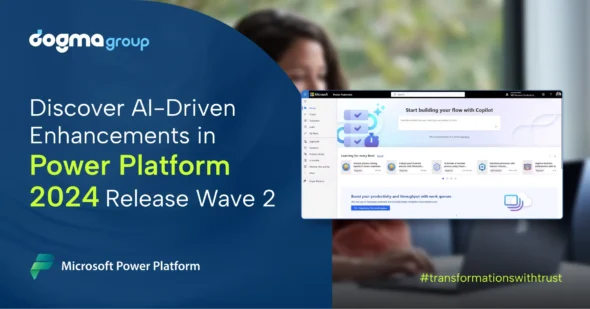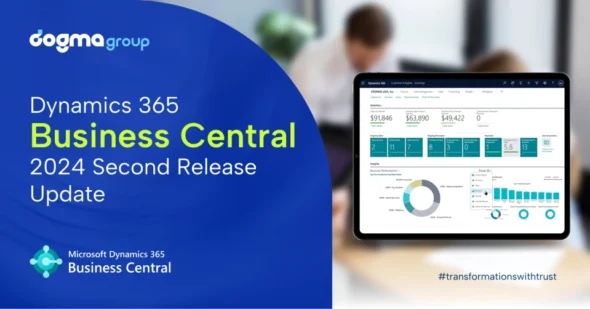Conventional methods of payroll management involve the need to handle lots of paperwork and can be a complex, labour-intensive process.
Payroll Management tasks can become problematic for your business as you grow, and the methods of recording, tracking, and reporting time & attendance can rapidly become overwhelming.
Here are our five tips for a better payroll management process:
1. Opt for a paperless payroll process
Rather than having one-person handing out pay slips every pay day, you can streamline payroll by going paperless (and be more environmentally friendly at the same time!). With an online portal, employees can look up and keep track of their pay anytime, from any device. Employees will be able to see the calculations of their payment amount and the hours they have worked. On the other hand, as an employer, you can also see your salary outgoings; making it a win-win situation for both company and employees.
2. Stay on top of relevant payroll rules, regulations, and compliance
Compliance can be a big challenge in payroll processing as legislation surrounding payroll is ever-changing. To avoid potential penalties or legal issues, you need to stay up to date on all relevant payroll rules and regulations. It is mandatory to review and know your country’s payroll, tax regulations, and changes. Moreover, by being fully informed and up to date on compliance, you can avoid costly mistakes.
For many businesses, HMRC compliance and reporting are an added source of confusion and potential fines. The good news is – you can ensure that your payroll is legally compliant by investing in an HMRC-compliant payroll solution that connects to HMRC and retrieves tax codes automatically. This helps you reduce errors and eliminate manual processes in HMRC reporting.
3. Classify your employees accurately
One of the most common causes of errors in pay is the misclassification of staff. Whether categorised as an employee, consultant, self-employed worker, contractor, or temporary worker employed by an agency, making mistakes in the way you classify these in your payroll department can lead to costly blunders.
How an employee is categorised typically means there is a difference in pay. For example, contractors may work a few days a week on an agreed day rate, while an employee is salaried and paid monthly.
Besides, how an employee is classified also determines the employments rights that an individual is entitled to receive by law. For instance, whether the employee needs to be paid through PAYE or by other means. Besides, the HMRC’s online service should always be your primary port of call if you are unsure of the way to classify your employees for payroll.
4. Streamline your payroll system with other existing systems
The first rule of buying payroll software is to check whether it will be compatible with your existing systems. If not, then it can create several problems for you. For starters, the payroll system must integrate with your accounting system and your ERP as it makes it easy to calculate and process payments accurately. Besides, integrating payroll with your existing system can help you effectively manage your overall payroll management process.
With the increasing need to centralise, analyse, and use employee data, investing in payroll solutions that integrate with your CRM and ERP systems is crucial.
For example, Dogma Group’s SiriusPayroll365 is one such solution that integrates seamlessly with Microsoft Dynamics 365 Business Central and Dynamics 365 for HR.
5. Keep track of your employee data
Keeping track of employees may be a simple task for an organisation with a handful of employees. But, for SMBs, large organisations, or companies with a diverse workforce, it can be a significant task, especially if your HR and payroll system do not integrate.
While it sounds simple, it is essential to keep track of your employees and their current status. Whether they are a new parent taking maternity or paternity leave, are on annual leave or sick leave, or are entitled to performance-related bonuses and commission payments.
Since incorrect or outdated employee details can make your entire payroll process ineffective, you need to make sure your employees notify your HR or finance department of any changes to their payroll information. You can also opt for a solution with employee self-service to empower your employees and payroll staff to collaborate successfully. Make sure you stay up to date about pay conditions, award conditions, and pension plans. To better manage this, a payroll app integrated with ERP is the obvious solution.
Looking for an integrated payroll solution?
SiriusPayroll365 is a fully HMRC-compliant solution that manages your organisation’s payroll easily. SiriusPayroll365 streamlines your payroll processes, so your HR and Finance departments can ensure accuracy, timeliness, and compliance.
The latest version of HMRC-compliant payroll solution for D365 Business Central with a simplified interface and better user experience is coming in early 2021! Stay tuned as the Power Platform version will be available for public release! Sign-up here for updates
For more information on SiriusPayroll365, visit our webpage: https://siriusapp.co.uk/apps/siriuspayroll365/





